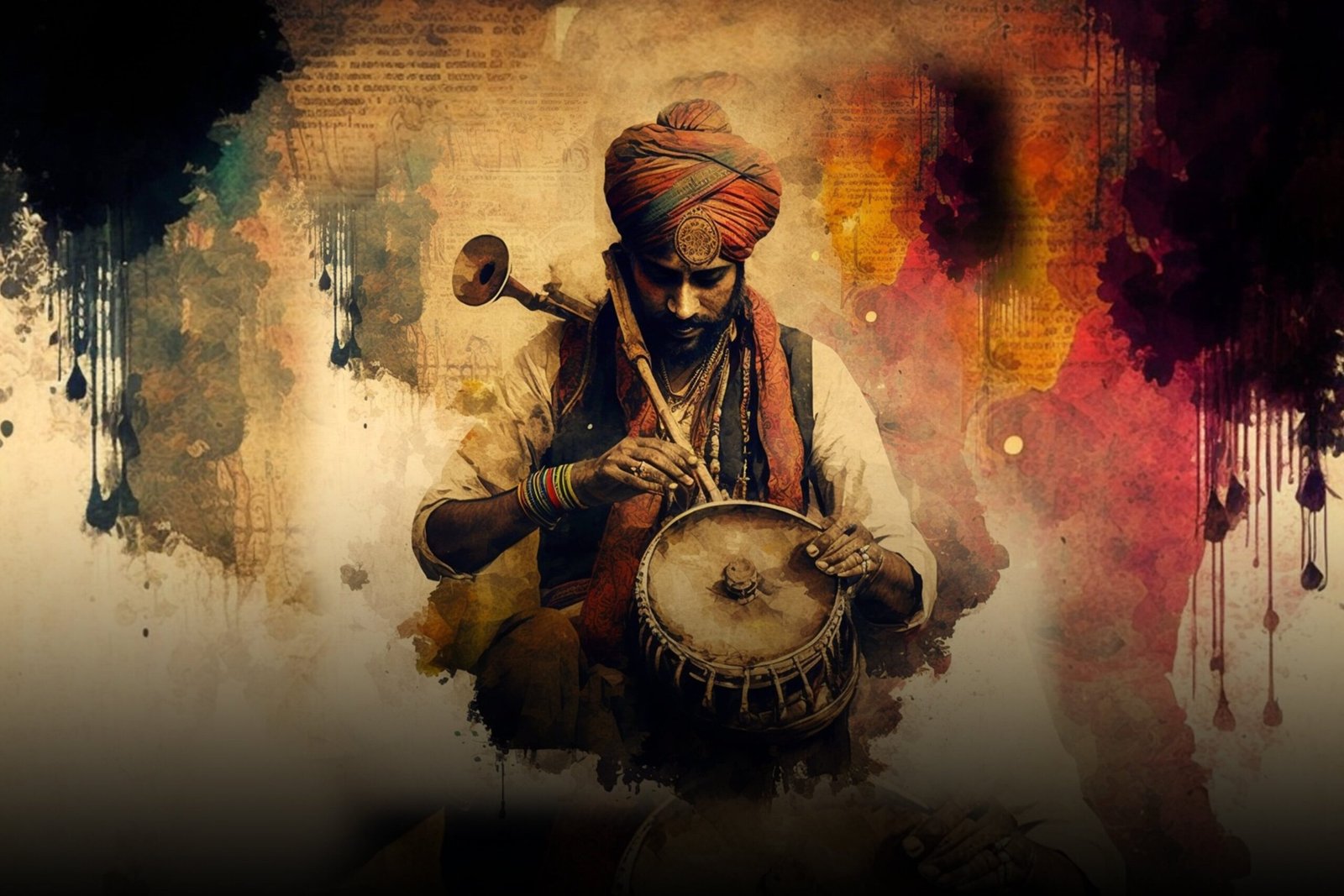The Indian music industry has undergone a remarkable transformation over the past few decades, evolving from traditional recording practices to a dynamic digital streaming landscape. This shift has reshaped the way music is produced, distributed, and consumed in India. This article explores the business of music in India, tracing its journey from traditional recording methods to the current streaming era, and examining the trends, challenges, and opportunities that define the industry today.
1. The Traditional Music Recording Era
**1. **The Early Days of Indian Music Recording
Overview: The Indian music industry began with traditional recording methods that involved physical formats such as vinyl records and cassette tapes.
Key Aspects:
- Vinyl Records: The primary format for music distribution from the early 20th century until the 1980s.
- Cassette Tapes: Became popular in the 1980s and 1990s, offering more portability and affordability.
Examples:
- Classical and Bollywood Music: Early recordings of Indian classical music and Bollywood soundtracks on vinyl records and cassette tapes.
- Radio and Live Performances: Music was often promoted through radio broadcasts and live performances before the widespread availability of recorded formats.
**2. The Role of Music Labels and Studios
Overview: Music labels and recording studios played a crucial role in the Indian music industry, serving as the gatekeepers for music production and distribution.
Key Aspects:
- Major Labels: Companies like HMV, EMI, and T-Series dominated the market, controlling music production and distribution.
- Studios: Professional recording studios provided the infrastructure for producing high-quality music.
Examples:
- T-Series: One of India’s largest and most influential music labels, known for its extensive catalog of Bollywood music.
- R. D. Burman’s Studio: Renowned for its innovative recording techniques and contributions to Bollywood music.
2. The Rise of Digital Music Distribution
**1. **The Advent of Digital Formats
Overview: The transition from physical formats to digital formats marked a significant shift in the music industry, enabling more efficient and widespread distribution.
Key Developments:
- CDs and DVDs: Replaced vinyl records and cassette tapes as the primary formats for music distribution in the 1990s and early 2000s.
- Digital Downloads: Platforms like iTunes and Amazon Music offered digital downloads, reducing the reliance on physical media.
Examples:
- Music Downloads: Popular Bollywood soundtracks and independent music were available for purchase through digital platforms.
- Transition to Digital: The industry gradually shifted focus from physical sales to digital downloads.

**2. **The Emergence of Streaming Platforms
Overview: The rise of streaming platforms has revolutionized the Indian music industry, offering new ways for artists to reach audiences and for consumers to access music.
Key Players:
- Spotify: Launched in India in 2019, offering a vast library of international and Indian music.
- JioSaavn: A leading Indian streaming service, known for its extensive catalog of Bollywood, regional, and independent music.
- Apple Music: Another major player in the Indian streaming market, providing access to a wide range of music.
Examples:
- Exclusive Releases: Artists and labels releasing music exclusively on streaming platforms to reach global audiences.
- Playlist Culture: Curated playlists on streaming services gaining popularity among Indian listeners.
3. Trends and Innovations in the Music Industry
**1. **Growth of Independent Music
Overview: The rise of digital platforms has facilitated the growth of independent music, allowing artists to self-produce and distribute their work without traditional label support.
Key Trends:
- DIY Music Production: Independent artists using digital tools and platforms to create and release music.
- Social Media Promotion: Leveraging social media to build a fan base and promote music.
Examples:
- Indie Artists: Musicians like Prateek Kuhad and Ritviz gaining popularity through independent releases and digital platforms.
- Music Videos: Independent artists using platforms like YouTube for music video releases and promotion.
**2. **Integration of Technology in Music Production
Overview: Technological advancements have transformed music production, enabling new possibilities for creativity and collaboration.
Key Technologies:
- Digital Audio Workstations (DAWs): Software tools for recording, editing, and producing music.
- Virtual Instruments and Plugins: Enhancing sound quality and providing diverse musical options.
Examples:
- Popular DAWs: Software like Ableton Live and FL Studio being used by Indian producers and musicians.
- Innovative Sounds: Use of virtual instruments to create unique and diverse musical textures.
4. Challenges and Opportunities in the Indian Music Industry
**1. **Challenges Facing the Industry
Overview: Despite the growth and transformation of the Indian music industry, several challenges persist.
Challenges:
- Piracy: Ongoing issues with music piracy affecting revenue for artists and labels.
- Monetization: Struggles with monetizing music effectively in the streaming era.
Examples:
- Impact of Piracy: Unauthorized distribution of music affecting sales and streaming revenue.
- Monetization Strategies: Challenges in developing sustainable revenue models for streaming platforms and independent artists.
**2. **Opportunities for Growth
Overview: The evolving landscape of the music industry presents new opportunities for growth and innovation.
Opportunities:
- Expanding Market: Increasing demand for diverse and regional music in India and globally.
- New Revenue Streams: Exploring new monetization strategies, including live performances, merchandise, and brand partnerships.
Examples:
- Regional Music: Growing popularity of regional and folk music across digital platforms.
- Live Streaming Concerts: Opportunities for artists to reach global audiences through virtual performances.
Conclusion
The business of music in India has evolved significantly from its traditional recording roots to a dynamic digital landscape. The rise of streaming platforms, the growth of independent music, and advancements in technology have reshaped the industry, offering new opportunities and challenges. As the industry continues to adapt and innovate, it will be exciting to see how Indian music further influences global trends and how artists and businesses navigate the ever-changing music landscape.
The future of the Indian music industry promises continued growth and innovation, driven by technological advancements, shifting consumer preferences, and the creativity of artists. As the industry embraces new trends and opportunities, it will remain a vibrant and influential force in the global music scene.

